Did you know that there are red and purple corydalis?
perennialfan275
last year
Featured Answer
Comments (9)
laceyvail 6A, WV
last yearfloral_uk z.8/9 SW UK
last yearRelated Discussions
Corydalis flexuosa Purple Leaf
Comments (7)The plant was well watered. The reason I protected it from the heaviest rains was because it got flattened the first two years. As I said it didn't seem to be thirsty, it just never reappeared after growing to a quarter size of a huge deep container. I grow many things in containers so I don't think that's the issue either. I just wonder if I got a dud, if it's not short lived, because the soil test came back fine and the sedum is still thriving. I haven't seen the C. curviflora Blue Heron, but I'll take a look around for it. I just looked it up and the pics look good, though I'm not sure what colour is true for it. I do love the color on the leaves for the C.F. Purple Leaf. I guess I'll have to get both. :) CMK, I was just using WFF for the picture, as Morz guessed. Thanks for the info. I'll check out local guys first, then go to an online site. Here in Van. BC it seems you have to really shop around to get lower priced plants, compared to the prices I've seen on websites in the states. Yeona Here is a link that might be useful: C. curviflora Blue Heron What colour comes true for you?...See MoreRed/Purple leaf peach tree
Comments (8)I have 2 varieties of fruiting peach, bought last fall, bare root/dormant - 'Reliance' and 'Flat Wonderful'. Both are presently growing red/purple leaves, and both are growing from well above the graft. Whether they will go green as the summer moves on, I don't know. But I bought both on the basis of the description of the fruit, and I will be very upset if they don't bear fruit. Of course, the Japanese beetles may make the whole waiting period moot - they do seem to like peaches! The late frost did in the fruit for this year, despite what I thought was a sheltered spot - there's always next year, I guess....See MoreRed-Spotted Purple!!! host plant?!??????
Comments (13)Sandy, the leaf it's on now will probably be sufficient for about a week or so - it's practically impossible to get them off their original leaf no matter how bad looking it gets, so I don't even try any more. I'm amazed at how well they can grow when eating an old leaf! They always lay their eggs perfectly on the very end of the leaf. I saw a female laying eggs up close earlier this year, and I found out why - they perch in the general center of a leaf, then slide down 'til they reach the end. I saw this female slide, then go back and do it again, like maybe she overshot the leaf the first time. It takes about ?5 or 6 days for the eggs to hatch, a long time, since the eggs aren't very big - a good many RSP eggs must be infertile, because a lot of them just wither and disappear. Also, a good many RSP cats die in the first instar, regardless of whether you bring them in or leave them on the tree. They make up the difference by the huge numbers of eggs they lay. I can't remember exactly how long they stay on the "string" and the original leaf, but a week seems about right. Once I see the cat hanging over the branch (like a feline cat) just up from the leaf, I cut off the branch and bring the cat in to raise in one of my cages. I'm raising one cat now, and another one is in the "J" about to pupate. I'll guess they stay in the cat stage ?3 weeks. In the wild, they pupate in odd places, like I once found one on the outside garage wall by my husband's radio room door, and I found one on my street sign a few year ago! I once watched as a RSP cat pupated, and the ugly bumps they have on their backs are what change into the knob. Here's my famous road sign RSP chrysalid - Here's a picture of 3 RSP hatchlings on the same area of the same cherry tree - clickable thumbnail - And here's a clickable thumbnail picture of a RSP cat hanging over the edge of the branch, a good time to bring them in to raise - And here's a clickable thumbnail of a late instar RSP cat with a giant swallowtail caterpillar - the RSP is on the right - If your egg doesn't hatch, or the hatchling dies, don't blame yourself - this happens to a lot of them and you'll get more eggs! :) MissSherry...See MoreWhat host plants have you seen the: Red-Spotted Purple use?
Comments (5)Steve, I was reading the section on red-spotted purples in my book The Butterflies of West Virginia and Their Caterpillars by Thomas J. Allen, and under the larval host plant section he listed in this order - black cherry/prunus serotina choke cherry/prunus virginiana serviceberry/amelanchier spp. big-toothed aspen/populus grandidentata quaking aspen/p. tremuloides silverleaf poplar/p. alba cottonwood/p. deltoides apple/pyrus malus (I thought all apples and crabapples were malus and pyrus was pears!) black oak/quercus velutina scrub oak/q. ilicifolia willow/salix spp. This is the first mention I've ever seen of RSPs using serviceberry or oaks. MissSherry...See Morerosaprimula
last yearfloral_uk z.8/9 SW UK
last yearlast modified: last yearJay 6a Chicago
last yearken_adrian Adrian MI cold Z5
last yearfloral_uk z.8/9 SW UK
last yearrob333 (zone 7b)
last yearlast modified: last year
Related Stories

PURPLEYour Colors: 3 Ways to Work With Purple
Scared of purple? Think of it as plum, amethyst or eggplant, and use with the right companion colors
Full Story
KITCHEN DESIGN2012 Color Trends: Using Red in Your Kitchen and Bath
Fiery hues bring high drama home
Full Story
COLORLet Purple Passion Infuse Your Home
We take the mystery out of using this most spiritual of colors to create a deeply beautiful interior design
Full Story
COLOR21 Reasons to Decorate With Purple
Whatever shade you choose — lilac, plum, mauve or aubergine — purple makes a statement
Full Story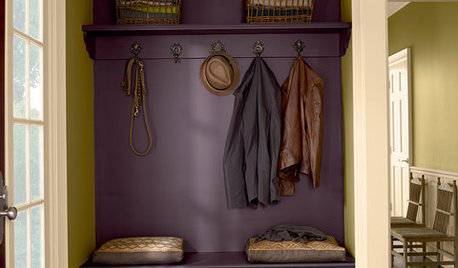
COLORWhat Goes With Purple Walls?
Make a plum wall come alive with art, warm metals, ivory, chartreuse, natural wood — and at least one wild card
Full Story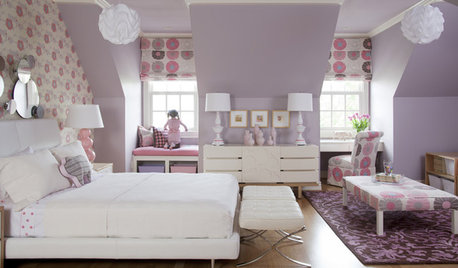
COLOR8 Pink and Purple Rooms Sans Sugar Shock
Little-girl dreams find grown-up expression in rooms that work pink and purple into chic and sophisticated palettes
Full Story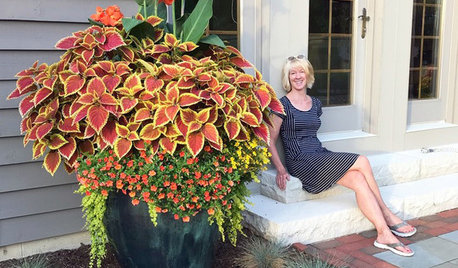
OUTDOOR PROJECTSHow She Did It: Huge Planters Overflow With Seasonal Color
Container gardens frame an entry with fountains of color from spring through fall. Get this Wisconsin homeowner’s how-to
Full Story
COLORS OF THE YEARPantone Picks a Purple for Its 2018 Color of the Year
Move over, Millennial Pink. Pantone’s color experts think Ultra Violet is ready to influence design choices next year
Full Story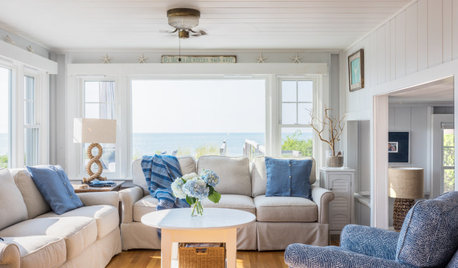
WHITEWhat to Know Before You Paint Your Walls White
A coat of white paint can do wonders in one room and wreak havoc in another. Here are tips for using the popular hue
Full Story


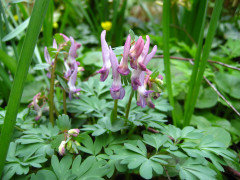

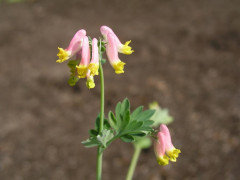



woodyoak